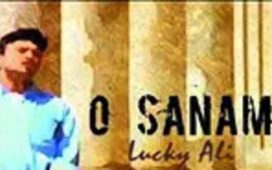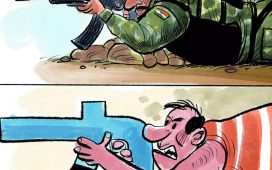
When I found 19th century Calcutta on Weiner’s list, I was delighted. It was a pleasant surprise to learn that, in the instance of Calcutta, ‘adda’, a kind of non-linear conversation was crucial in shaping the Bengal Renaissance. I was overjoyed. As a Bengali born and raised in Kolkata, I have spent more time on adda than on anything else. So, Weiner was talking about my kind of thing, highlighting it as an historical innovation.
Adda is informal social banter with its own rhythm that typically involves friends, colleagues, and/or family members. It’s often used as a marker of an urban middle-class identity. From Putin to Tintin, Jawan to Chandrayaan, Barbie to a football derby, this Bengali palaver glides seamless like a meandering river. In living rooms, cafes, markets, street corners, tea shacks….
Adda is unique, a crucial facet and an integral part of Bengali culture, something one needs to feel and get lost in its verbal maze. To the more algorithmically-minded, it may seem full of digressions, pointless between one point and another, and with no real ‘discussion agenda’ in sight. This he or she will be correct. If anyone took minutes of an adda, for the outsider, it will be confounding.
The poet Budhhadeb Bose once said, ‘People of other countries make speeches, crack jokes, offer arguments, have fun all night, but they do not do adda.’ In Indian popular discourse, adda has grown to be associated with Bengaliness. Today, travel guides on Kolkata recommend tourists to visit popular cafes or establishments to witness and enjoy marathon adda sessions.
Kolkata’s adda is unquestionably a part of the city’s ICH – intangible cultural heritage. Whether it has a Unesco heritage stamp or not is irrelevant. But come Durga Puja – which, incidentally, was added to Unesco’s ICH list in December 2021 – a special kind of adda joins the mix. Does the ‘pujo-r adda’ then become even more unique? As Bengali readers of this column know all too well, Durga Puja means people on hardcore holiday. It is also homecoming season for Bengali expats. Thus, ‘pujo-r adda’ has a different bouquet, body and blend than the regular adda. For starters, with more free time, old friends and family members around, it has a stronger aftertaste. Many organisations and clubs also host ‘pujo-r adda’ events with actors and/or singers. These programmes tend to revolve around their performances, punctuated by informal conversations moderated (sic) by anchors. These may be enjoyable, but they are not addas. Anchors, agendas, moderators and special guests go against the very free-spirited notion of freewheeling addas. And while an adda may be a conversation with no point, it is not pointless.
For a bona fide pujo-r adda, one hangs out at a particular puja pandal, coffee shop, club, someone’s home. The main ingredient is having a laidback atmosphere – but with an air of rambunctiousness of a college canteen in full tilt.
This being during Durga Puja, subjects invariably move on to the ‘changing face of the pujas’, the glitter, huge crowds, corporate involvement…. However, since adda is non-linear, random, and chaotic, its participants soon find themselves again talking about anything and everything under the sun – World Cup, Israel-Hamas, AI, SRK…
Oh, the random access memory of it all. And that’s the add-on beauty of pujo-r adda.










